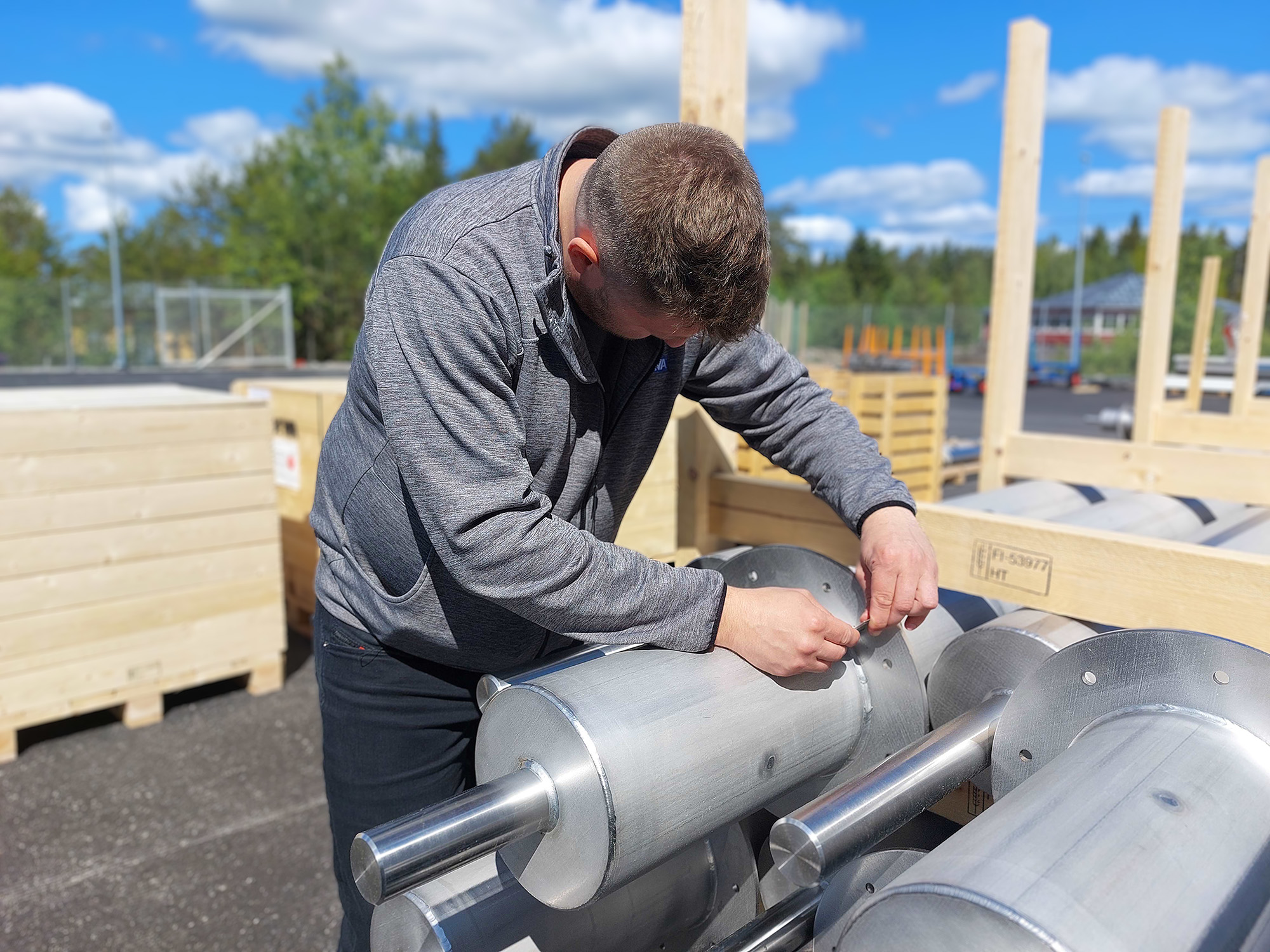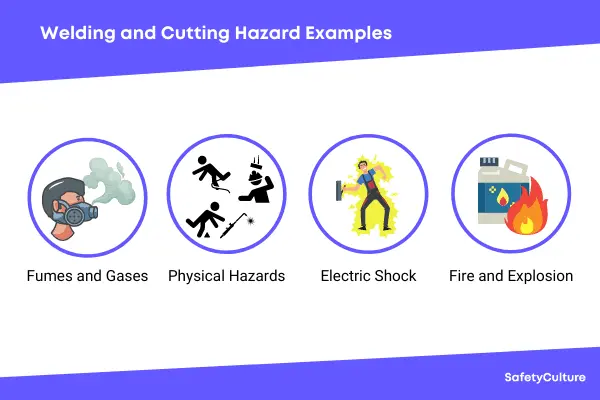Why You Need Expert Welding Inspection Racine for Your Jobs
Why You Need Expert Welding Inspection Racine for Your Jobs
Blog Article
Cutting-edge Approaches to Fillet Weld Examination and Testing: Enhancing Weld Top Quality and Compliance Criteria
In the world of welding, the high quality and honesty of fillet welds play an important duty in making sure the architectural stability and reliability of various industrial components. With the consistent drive for boosted effectiveness and compliance with stringent criteria, the exploration of cutting-edge techniques to fillet weld evaluation and testing has ended up being important. As industries evolve, the traditional methods might no more be sufficient in satisfying the needs of modern-day welding applications. By accepting innovative innovations and approaches, a new perspective of possibilities emerges in the world of weld high quality evaluation and adherence to compliance criteria.
Advanced Non-Destructive Testing Approaches
Using state-of-the-art innovations, advanced non-destructive screening techniques play an essential role in making sure the integrity and top quality of fillet welds. These methods, such as phased selection ultrasonic testing (PAUT) and magnetic fragment testing (MPT), deal comprehensive understandings into the weld's inner structure without triggering any damages to the material. PAUT, as an example, uses several ultrasonic components to check the weld from various angles, supplying a comprehensive visualization of prospective issues like lack of combination or fractures.
Similarly, MPT is reliable in spotting surface-breaking flaws by using an electromagnetic field and iron bits to the weld location. This approach is particularly beneficial for identifying discontinuities that might endanger the weld's strength. By employing these sophisticated non-destructive screening techniques, weld examiners can properly analyze the quality of fillet welds, making certain compliance with market requirements and guidelines. The capability to identify flaws early not just boosts weld top quality but also prevents costly rework or failures in structural stability, highlighting the relevance of these ingenious testing strategies in welding inspections.
Robotics and Automation in Evaluation
The assimilation of robotics and automation has actually reinvented the evaluation procedure for fillet welds, enhancing effectiveness and precision in high quality evaluation. Robotics supply precise control and repeatability in checking welds, making certain trustworthy and regular results. Automated systems can be configured to comply with specific examination paths, making certain thorough insurance coverage of welds and decreasing the threat of human error.
Robotic examination systems geared up with innovative sensing units can detect and gauge weld functions with high accuracy, offering thorough data for evaluation. These systems can identify problems such as splits, lack of blend, and porosity, enabling timely rehabilitative actions to be taken. Furthermore, robotics and automation permit for real-time data collection and analysis, supplying prompt feedback to drivers and facilitating quick decision-making processes.
Furthermore, using robotics and automation in fillet weld examination improves overall efficiency by lowering inspection times and raising assessment throughput. By enhancing the inspection procedure, manufacturers can make sure weld quality and compliance standards are fulfilled efficiently, eventually causing set you back financial savings and boosted item top quality.
Making Use Of Artificial Intelligence for Analysis
Man-made knowledge plays a crucial duty in boosting the performance and precision of evaluation in fillet weld assessment procedures. By taking advantage of the power of AI, examiners can improve the analysis of weld quality and compliance standards, leading to more trustworthy and exact results. AI formulas can rapidly refine substantial quantities of data from weld evaluations, discovering problems or disparities that may be testing to click site determine with the nude eye. This innovative modern technology allows real-time monitoring of weld quality, permitting for prompt restorative actions to be taken if any issues are found.
Moreover, AI systems can gain from past inspection data, consistently enhancing their capacity to identify possible flaws and inconsistencies in fillet welds. This adaptive understanding capacity boosts the overall quality assurance process, decreasing the likelihood of human mistake and ensuring that welds fulfill the required criteria. By integrating fabricated knowledge right into fillet weld evaluation, sectors can attain greater levels of effectiveness, uniformity, and compliance in their evaluation techniques.
Portable Tools for On-Site Inspection
 Enhancing area examination efficiency, the adoption of portable devices changes on-site assessment processes for fillet welds. These tools use flexibility and benefit, enabling assessors to perform comprehensive evaluations in different places, consisting of tough or remote settings. Mobile devices such as ultrasonic testing gadgets, magnetic bit evaluation devices, and digital radiography systems offer real-time data and high-resolution imaging abilities, allowing quick decision-making and instant comments on weld top quality.
Enhancing area examination efficiency, the adoption of portable devices changes on-site assessment processes for fillet welds. These tools use flexibility and benefit, enabling assessors to perform comprehensive evaluations in different places, consisting of tough or remote settings. Mobile devices such as ultrasonic testing gadgets, magnetic bit evaluation devices, and digital radiography systems offer real-time data and high-resolution imaging abilities, allowing quick decision-making and instant comments on weld top quality.One considerable benefit of mobile tools is their capability to improve evaluation procedures, reducing downtime and enhancing overall productivity. Inspectors can easily transport these devices to various work websites, getting rid of the requirement for carrying heavy machinery or parts to off-site centers. In addition, the mobility of these devices promotes cost-effectiveness by reducing transport costs and speeding up assessment timelines.
Furthermore, making use of mobile tools for on-site inspection advertises aggressive top quality control measures, as inspectors can quickly determine and address any kind of prospective welding defects or disparities. By integrating these cutting-edge innovations into on-site inspection practices, welding specialists can guarantee compliance with sector requirements and boost weld high quality, inevitably leading to boosted structural honesty and safety in different welding applications.
Integration of Data Monitoring Solution
Having actually optimized on-site assessment procedures through the application of portable devices, the following phase includes the smooth integration of data weblink monitoring systems to further improve performance and data analysis abilities in fillet weld inspection and testing. Welding Inspection Racine. By incorporating information management systems into the assessment procedure, companies can streamline data collection, storage space, and evaluation. This assimilation allows for real-time surveillance of weld quality, immediate identification of flaws, and punctual decision-making to fix any problems that might develop throughout the examination process
Data monitoring systems play an essential role in systematizing inspection data, assisting in easy access for authorized personnel, and guaranteeing data stability and protection. Via the assimilation of these systems, assessors can create thorough records, track historic information for pattern analysis, and enhance overall process efficiency. The integration of data administration systems makes it possible moved here for smooth communication between various stakeholders included in the evaluation process, promoting collaboration and boosting total high quality control steps. Inevitably, the integration of information monitoring systems serves to elevate the criteria of fillet weld assessment and testing, making certain conformity with industry laws and improving weld quality.
Final Thought
Finally, ingenious approaches to fillet weld assessment and testing have actually considerably boosted weld quality and compliance requirements. Advanced non-destructive screening methods, robotics, automation, expert system, mobile tools, and data administration systems have actually transformed the method weld examinations are conducted. By using these innovations, sectors can ensure that welds meet the needed high quality criteria and laws, ultimately enhancing general effectiveness and security in welding procedures.

By using these advanced non-destructive testing techniques, weld inspectors can properly analyze the top quality of fillet welds, ensuring conformity with sector criteria and laws. Mobile tools such as ultrasonic screening tools, magnetic bit examination equipment, and electronic radiography systems give real-time information and high-resolution imaging abilities, allowing quick decision-making and immediate responses on weld high quality.
Having maximized on-site assessment procedures with the application of mobile devices, the next stage entails the smooth integration of data monitoring systems to even more improve performance and information evaluation capacities in fillet weld examination and screening (Welding Inspection Racine). Inevitably, the assimilation of information monitoring systems serves to boost the criteria of fillet weld inspection and testing, making sure conformity with industry regulations and boosting weld high quality
 In final thought, innovative approaches to fillet weld examination and screening have significantly boosted weld high quality and compliance standards.
In final thought, innovative approaches to fillet weld examination and screening have significantly boosted weld high quality and compliance standards.Report this page